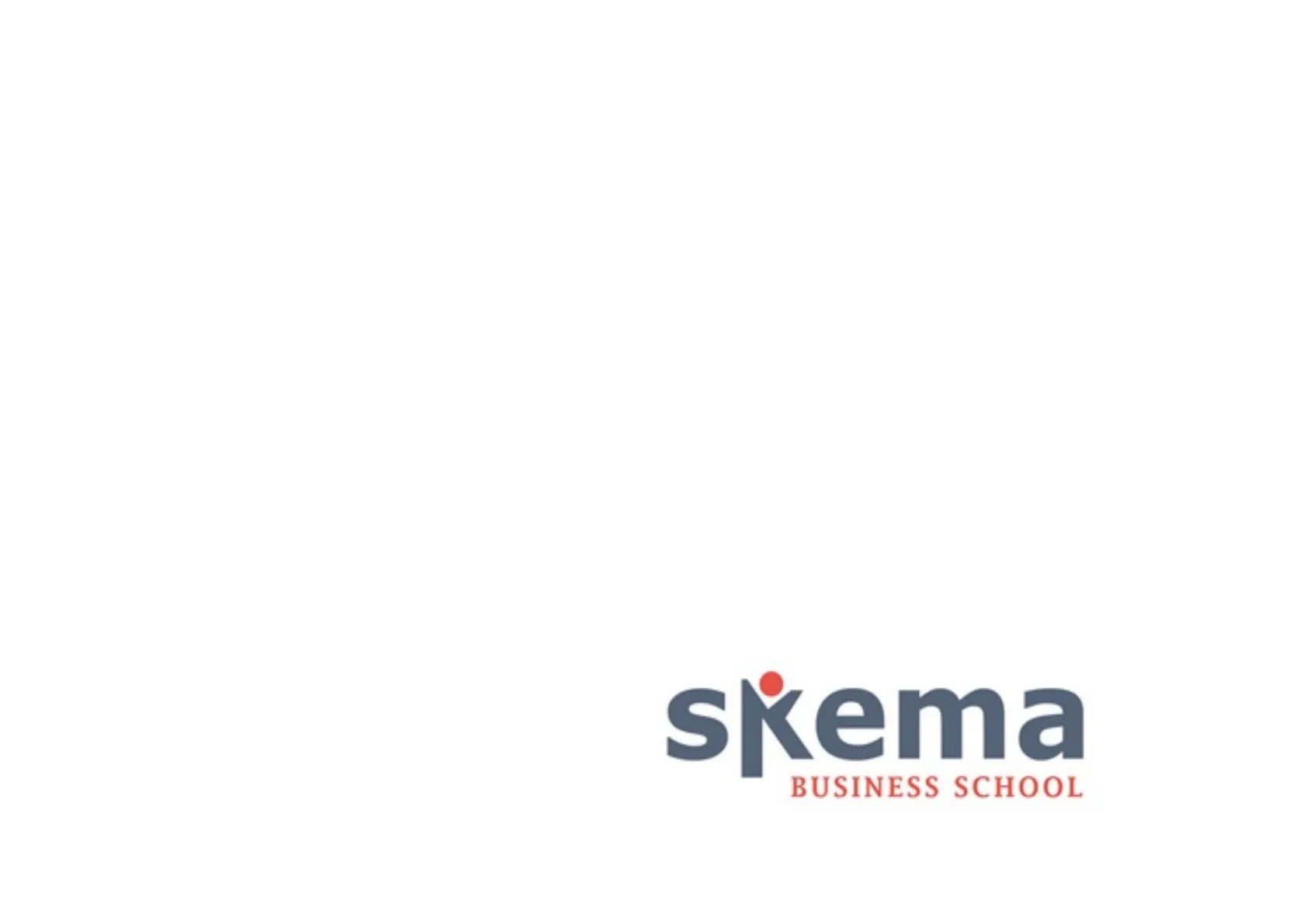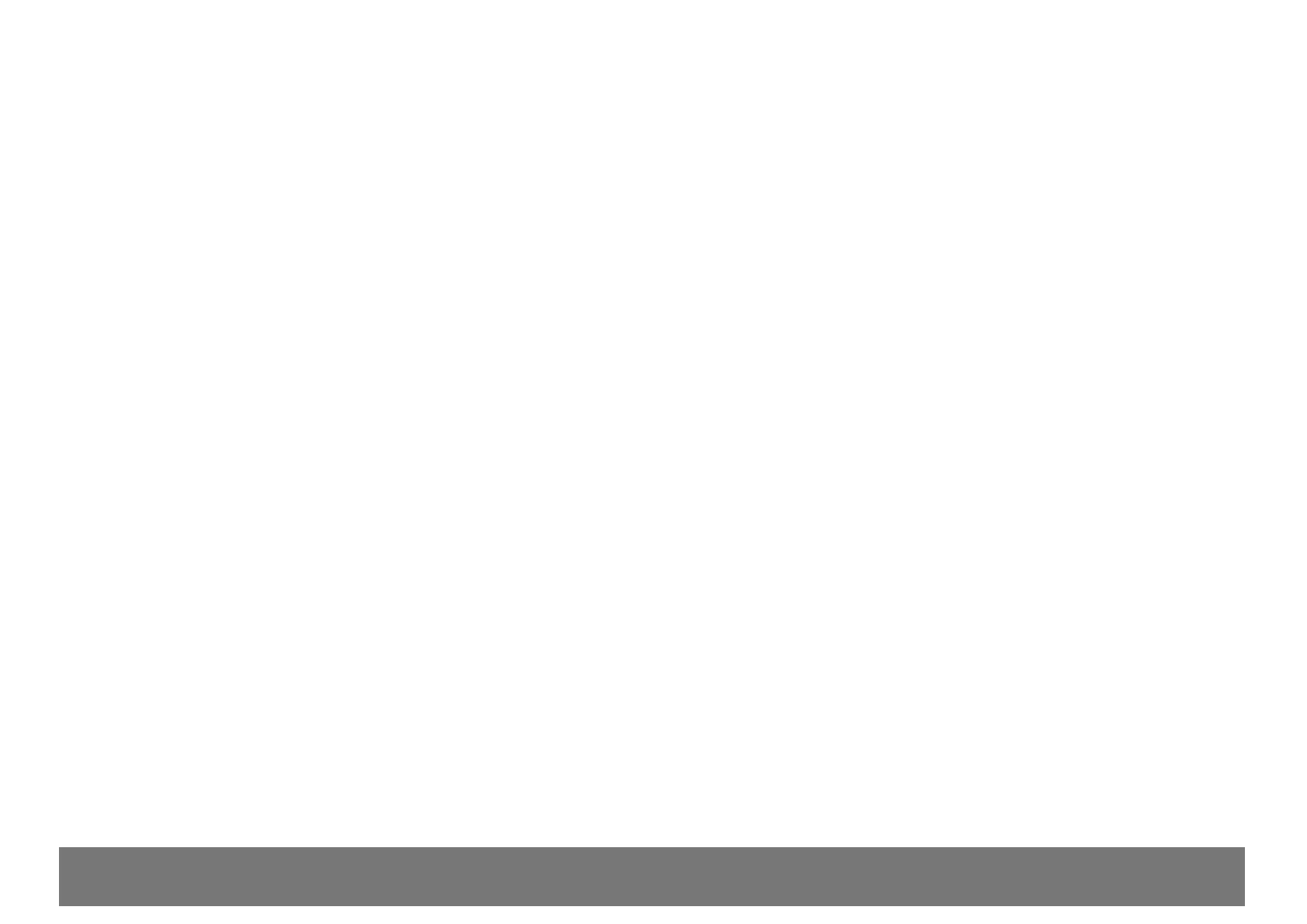Economics for CFA: Economic Cycles and Inflation Indices by Skema Business School
Slides from Skema Business School about Economics for CFA. The Pdf introduces economic cycles and inflation indices, explaining short-term economic fluctuations and their influencing factors. The Presentation, suitable for University students studying Economics, includes various inflation indices like CPI, PCE, and PPI, along with a multiple-choice question to test understanding.
See more40 Pages


Unlock the full PDF for free
Sign up to get full access to the document and start transforming it with AI.
Preview
Introduction to Business Cycles
· The study of business cycles is the study of short-term economic fluctuations. · Factors that may affect business cycles are some of the same factors that affect economic growth (e.g., labor productivity, money supply, inflation, and technology).
Business Cycle Description
Los a. Describe the business cycle and its phases
Overview of the Business Cycle
· A business cycle consists of an expansionary period and a contractionary period. · Characteristics of a business cycle: - They are typical in economies that rely on business enterprises. - There are alternating phases of expansion and contraction. - Phases occur throughout the economy, most often simultaneously. - Phases reoccur, but vary in duration and intensity. . An expansion occurs after a low point (the trough) and a contraction occurs after the highest point (the peak). · A contraction - is also referred to as a recession. - is referred to as a depression if severe and if aggregate activity declines.
The Business Cycle Visualized
Real GDP Business Peak Average Expansion Contraction (recession) Recessionary Trough Time
Typical Scenario: Recession
Aggregate demand declines Inventories begin to accumulate Companies slow production Companies cut nonessential expenditures Lower GDP
Typical Scenario: Expansion
Wages grow Input prices fall Consumers and companies purchase more Companies increase capital spending Increase GDP
Credit Cycle Description
Los b. Describe credit cycle
Credit Cycle Dynamics
. Credit cycles describe the changing availability and pricing of credit. They describe the growth in the private sector credit, i.e., its availability and usage of loans. · Credit cycles are tied to the real economy. When the economy is strong, lenders are eager to offer credit with good terms. However, in a weak economy, lenders are less willing to provide credit and make the terms unfavorable. This can lead to a drop in asset value, more economic problems, and increased defaults.
Factors Influencing Business Cycle Activity
Los c. describe how resource use, consumer and business activity, housing sector activity, and external trade sector activity vary over the business cycle and describe their measurement using economic indicators
Factors Influencing the Business Cycle
Resource Use Fluctuation
· Inventory-sales ratio · Adjusting utilization of labor and equipment
Consumer Sector Activity
Housing Sector Industry
· Mortgage rates . Housing costs relative to income · Speculative activity . Demographic factors
External Trade Sector Industry
Business Cycle Summary Characteristics
Characteristic Early Expansion (Recovery) Late Expansion Peak Contraction (Recession) Economic activity Economic activity changes from decline to expansion. Accelerating rate of growth Decelerating rate of growth Declines Employment Layoffs slow, but new hiring does not yet occur and the unemployment rate remains high. Unemployment rate falls to low levels. Unemployment rate continues to fall. Unemployment rate rises. Consumer and business spending Upturn is often most pronounced in housing, durable consumer items, and orders for light producer equipment. Upturn becomes more broad based. Capital spending expands rapidly, but the growth rate of spending starts to slow down. Cutbacks appear most in industrial production, housing, consumer durable items, and orders for new business equipment, followed by a lag via cutbacks in other forms of capital spending. Inflation Inflation remains moderate and may continue to fall. Inflation picks up modestly. Inflation further accelerates. Inflation decelerates but with a lag.
Economic Indicators Overview
An economic indicator is a measure that provides information about the state of the overall economy. . A leading economic indicator is a measure that has turning points that precede changes in the economy. . A coincident economic indicator has turning points that coincide with the changes in the economy. · A lagging economic indicator has turning points that are later than changes in the economy.
Economic Indicators Examples
Leading Economic Indicators
- Average weekly hours
- Average weekly initial claims for unemployment insurance
- Manufacturers' new orders for consumer good and materials
- Vendor performance, slower deliveries diffusion index
- Manufacturers' new orders for nondefense capital goods
- Building permits for new private housing units
- S&P 500 Index
- Money supply, real M2
- Interest rate spread between 10-year Treasury yields and the federal funds rate
- Index of Consumer Expectations
Coincident Economic Indicators
- Aggregate real personal income
- Employees on nonfarm payrolls
- Industrial Production Index
- Manufacturing and trade sales
Lagging Economic Indicators
- Average duration of unemployment
- Inventory-to-sales ratio
- Change in unit labor costs
- Average bank prime lending rate
- Commercial and industrial loans outstanding
- Ratio of consumer installment debt to income
- Change in consumer price index for services
Economic Indicators and the Business Cycle
Increase in weekly hours, manufacturing Increase in the Index of Consumer Expectations Increase in the money supply not accounted for by inflation Increase in Industrial Production Index Increase in the average duration of unemployment Leads an expansion Leads an expansion Leads an expansion Coincides with a contractionary phase Follows contractionary phase
Unemployment Types and Measures
Extra LOS Describe types of unemployment and compare measures of unemployment Not in the program for CFA or exams
Unemployment and Inflation
Types of Unemployment
- Unemployed: People who are actively seeking a job but do not have a job.
- Frictionally unemployed are in the process of changing jobs.
- Long-term unemployed have been out of work for a long time, but are still looking.
- Underemployed: Employed people who have the qualifications to work a higher-paying job.
- Discouraged worker: Unemployed person who stopped looking for a job.
- Voluntarily unemployed: Person who is outside of the labor force voluntarily.
Measures Describing the Labor Market
- Employed: Number of people with a job.
- Labor force: Number of people with a job or actively seeking a job.
- Unemployment rate: Ratio of the number of unemployed persons to the labor force.
- Activity ratio (participation ratio): Ratio of labor force to total population of working age persons.
Productivity Measures
Labor Force Indicators
· The unemployment rate (the ratio of the number of unemployed persons to the labor force) lags the current environment. · Issues: - Distortions from discouraged workers: The number of unemployed may drop because workers become discouraged and may increase when they rejoin the workforce to resume searching. - Reluctance of employers to lay off workers when business slows and to hire when business increases. · Hours worked (including overtime) and use of temporary workers are indicators of slowing and recovering businesses.
Inflation Concepts
Extra LOS Explain inflation, hyperinflation, disinflation, and deflation Not in the program for CFA or exams
Inflation Definitions
· Inflation is an increase in the level of prices in the economy. - The inflation rate is the percentage change in a price index. - The purchasing power of money decreases. - The liability of the borrower decreases if the loan has fixed monetary terms. · Deflation is a sustained decrease in the aggregate price level (negative inflation rate). - The purchasing power of money increases. - The liability of the borrower increases if the loan has fixed monetary terms. . Hyperinflation is an extremely fast increase in the aggregate price level. - It generally occurs when government spending is not backed with tax revenues and the money supply is increased (or unlimited). · Disinflation is a decline in the inflation rate.
Measuring Inflation
· A price index reflects the weighted average price of a basket of goods and services, with the index = 100 at a specified period of time (that is, base year). Value of basket of goods and services in Year X Price index x = Value of basket of goods and services in base year - A Laspeyres index is a price index in which the basket of goods and services is held constant. · Biases in an index: - Substitution bias: People may substitute goods and services as prices change. - Addressed somewhat using a chained price index formula (e.g., Fisher index and Paasche index). - Quality bias: The utility of a good may improve over time, but this may be interpreted as a price increase. - New product bias: Not included in a fixed basket of goods and services.
Inflation Indices Examples
. Price indices may differ with respect to scope and weights on goods and services. · Examples: - The consumer price index (CPI) is used to track inflation within a given economy. - In the United States, the CPI covers only urban areas. - It is used by US Treasury inflation protected securities (TIPS) and other contracts. - The personal consumption expenditures (PCE) price index covers all consumption using surveys. - The producer price index (PPI), also known as the wholesale price index (WPI), tracks inflation in prices of goods and services to domestic producers.
Question 1: Economic Contraction
During an economic contraction: A) inflation pressures are typically decreasing. B) the unemployment rate typically decreases. C) real GDP growth is greater than its sustainable long-term rate.
Answer Question 1
A) inflation pressures are typically decreasing. An economic contraction (recession) is typically characterized by decreasing inflationary pressures, increasing unemployment, and low or negative real GDP growth.
Question 2: Firm's Response to Inventory-to-Sales Ratio
A firm's most likely initial response to a cyclical increase in the inventory-to-sales ratio is to adjust their utilization of labor by: A) reducing overtime. B) adding new workers. C) laying off employees.
Answer Question 2
A) reducing overtime. As a cyclical indicator, an increase in the inventory- to-sales ratio is a sign of slowing economic growth. When decreasing their utilization of labor in response to a slowing economy, firms typically first reduce overtime. Firms tend to be slow to lay off workers until it is clear that an economic contraction is underway.